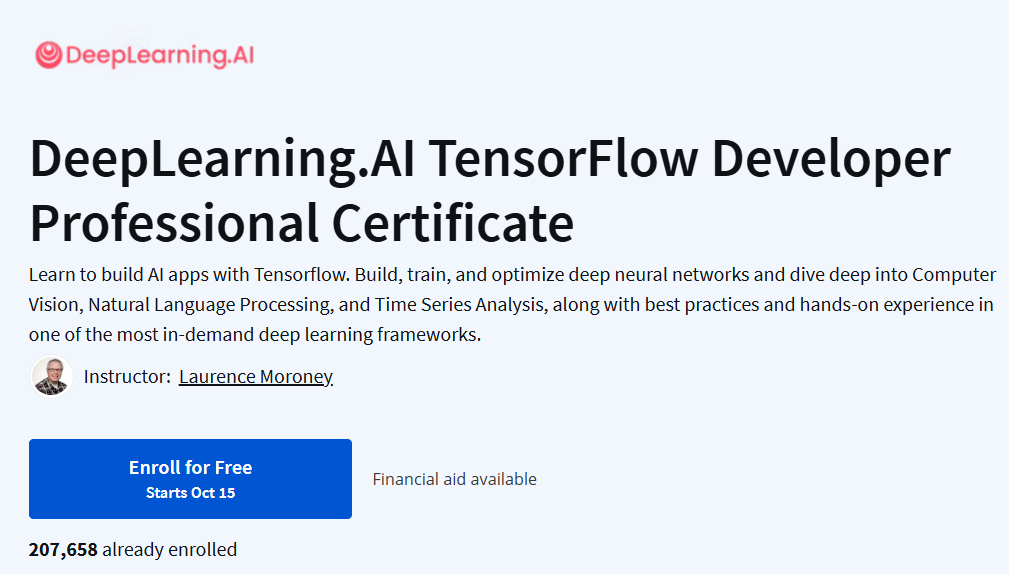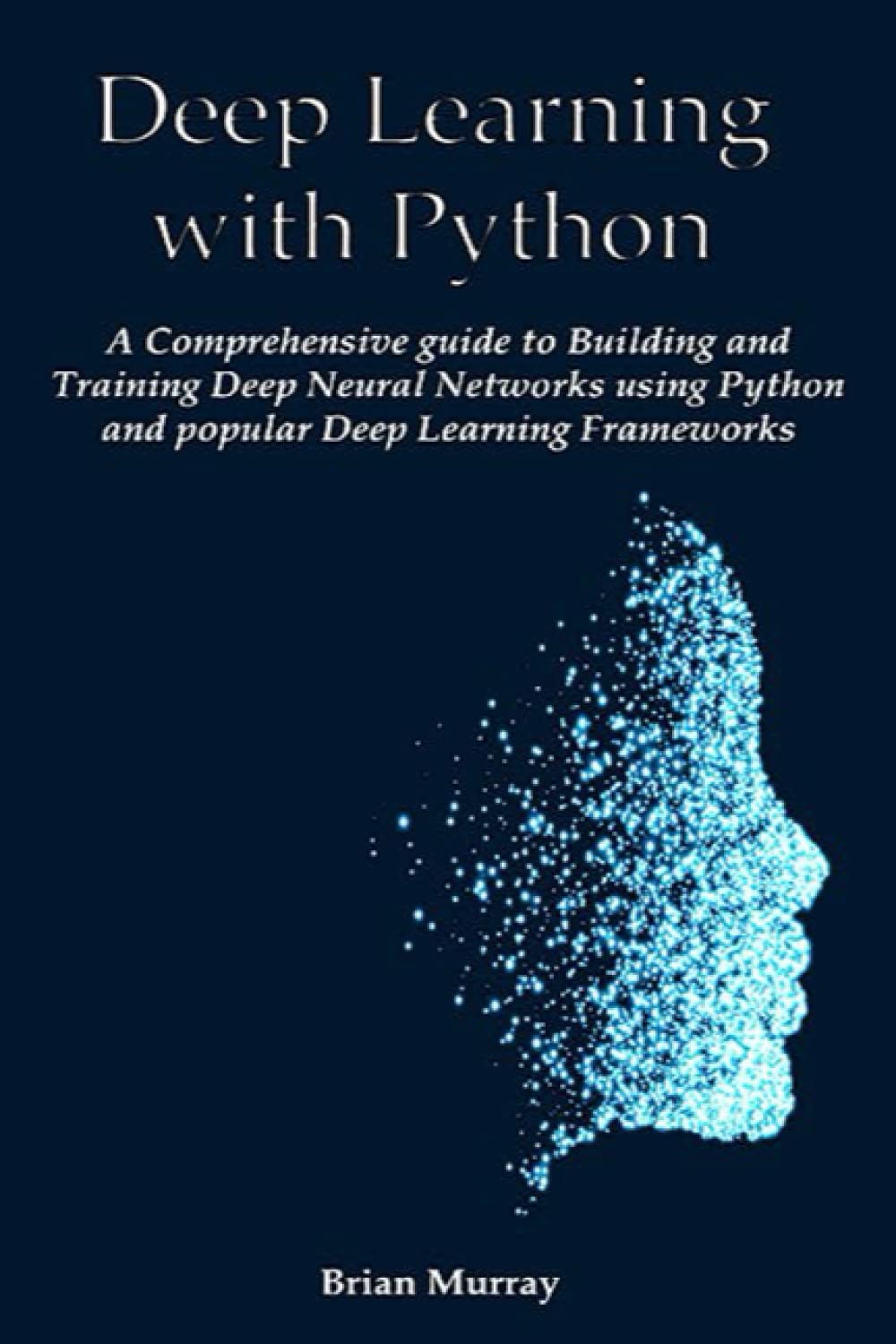
DeepLearning.AI Data Engineering Professional Certificate

Python Developer December 02, 2024 Coursera, Deep Learning No comments

Python Developer November 30, 2024 Coursera, Deep Learning No comments

Python Developer November 30, 2024 Coursera, Deep Learning No comments

Python Developer November 30, 2024 Coursera, Deep Learning No comments

Python Developer November 30, 2024 Deep Learning, Machine Learning No comments

Python Developer November 30, 2024 Coursera, Deep Learning No comments

Python Coding November 29, 2024 Books, Deep Learning No comments

Python Coding October 17, 2024 Coursera, Deep Learning No comments

Python Coding October 15, 2024 Coursera, Deep Learning No comments

Python Coding June 29, 2024 AI, Deep Learning No comments

Python Coding June 18, 2024 Books, Deep Learning No comments

Castor Classes February 04, 2024 Books, Deep Learning, Python No comments

Castor Classes February 04, 2024 Books, Deep Learning, Machine Learning, Python No comments

Castor Classes February 04, 2024 Books, Deep Learning, Python No comments

Python Coding December 26, 2023 AI, Deep Learning, IBM No comments

Python Coding December 16, 2023 Coursera, Data Science, Deep Learning, Machine Learning No comments

Python Coding December 14, 2023 Coursera, Deep Learning No comments

Python Coding November 26, 2023 Books, Deep Learning No comments

Python Coding November 26, 2023 Books, Deep Learning No comments

Free Books Python Programming for Beginnershttps://t.co/uzyTwE2B9O
— Python Coding (@clcoding) September 11, 2023
Top 10 Python Data Science book
— Python Coding (@clcoding) July 9, 2023
🧵:
Top 4 free Mathematics course for Data Science ! pic.twitter.com/s5qYPLm2lY
— Python Coding (@clcoding) April 26, 2024
Web Development using Python
— Python Coding (@clcoding) December 2, 2023
🧵: